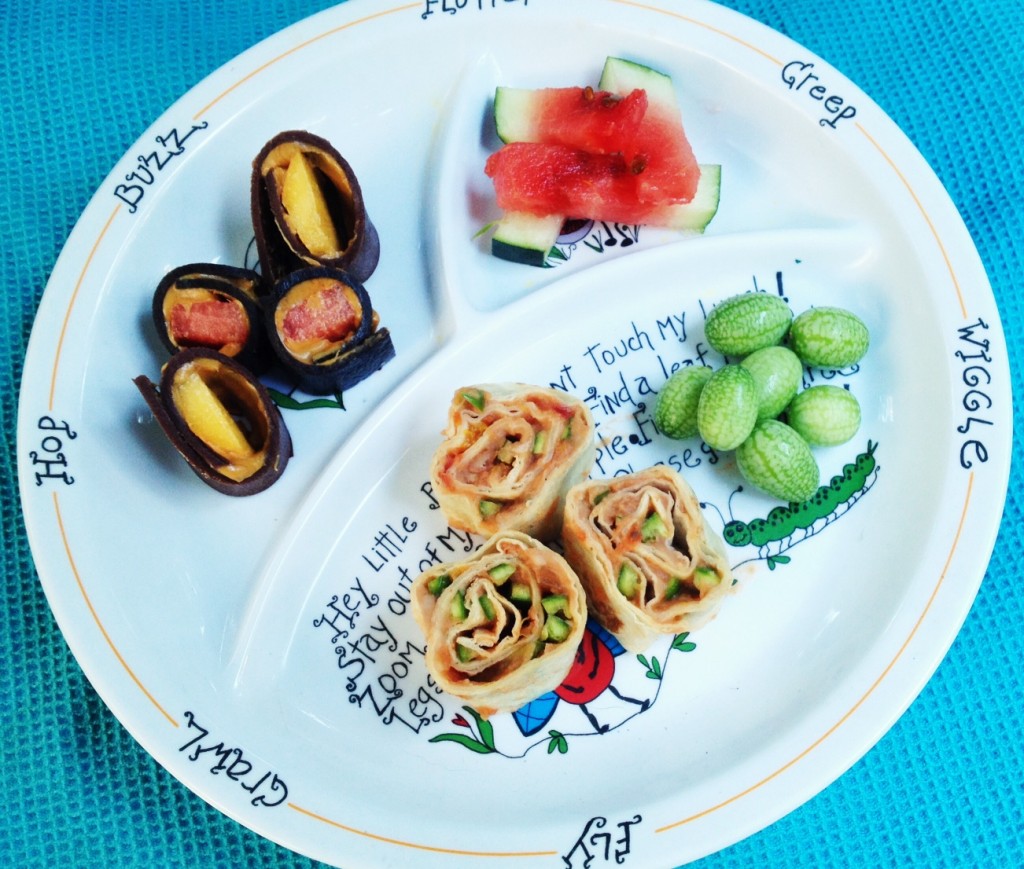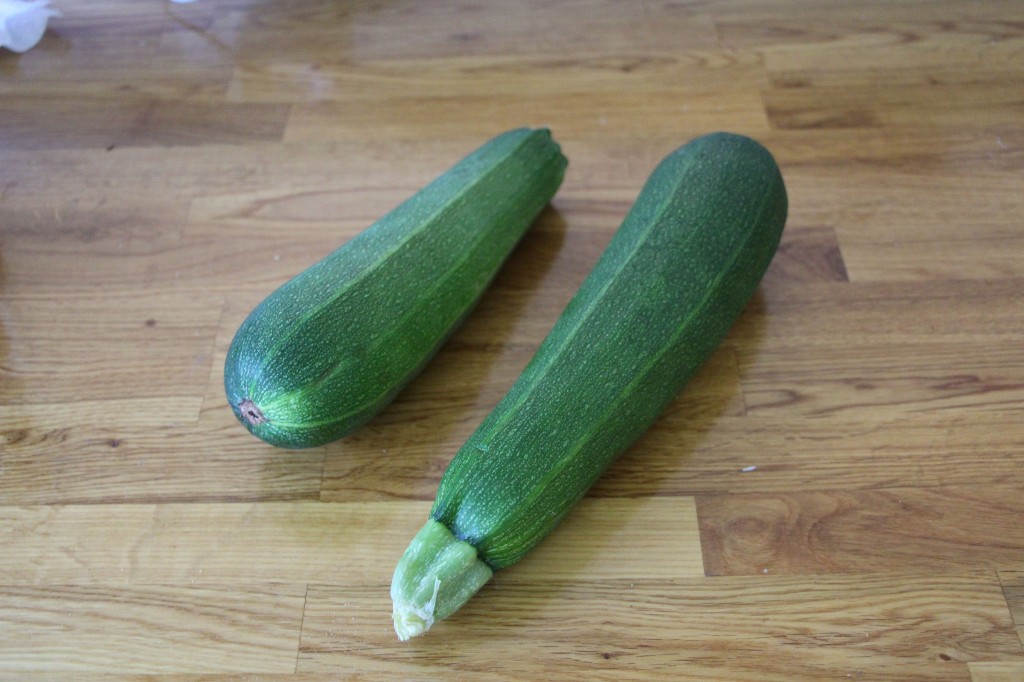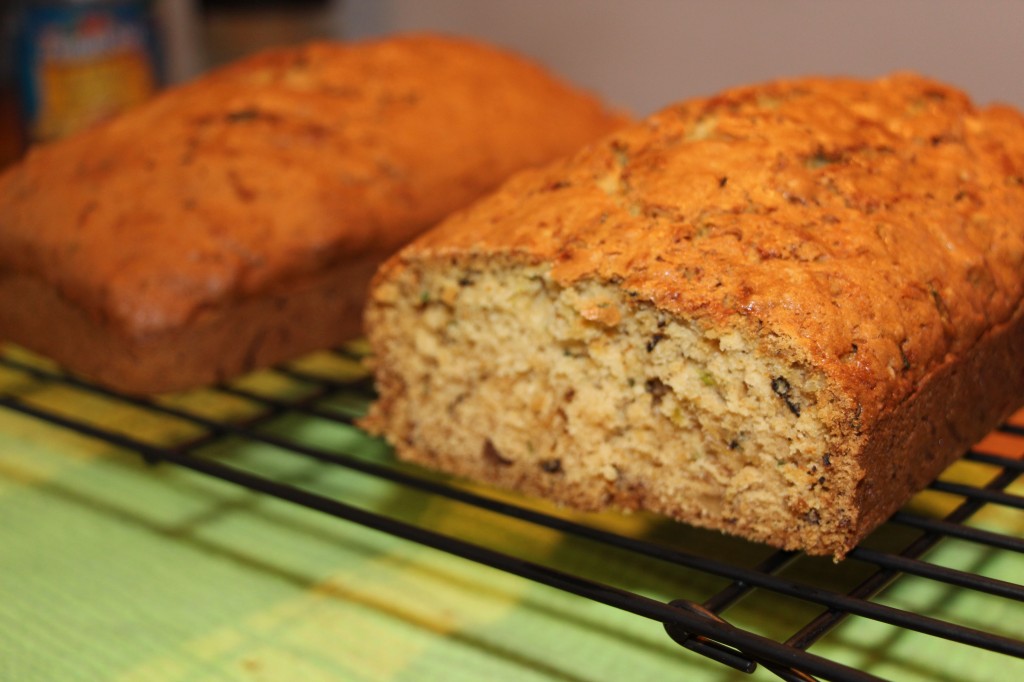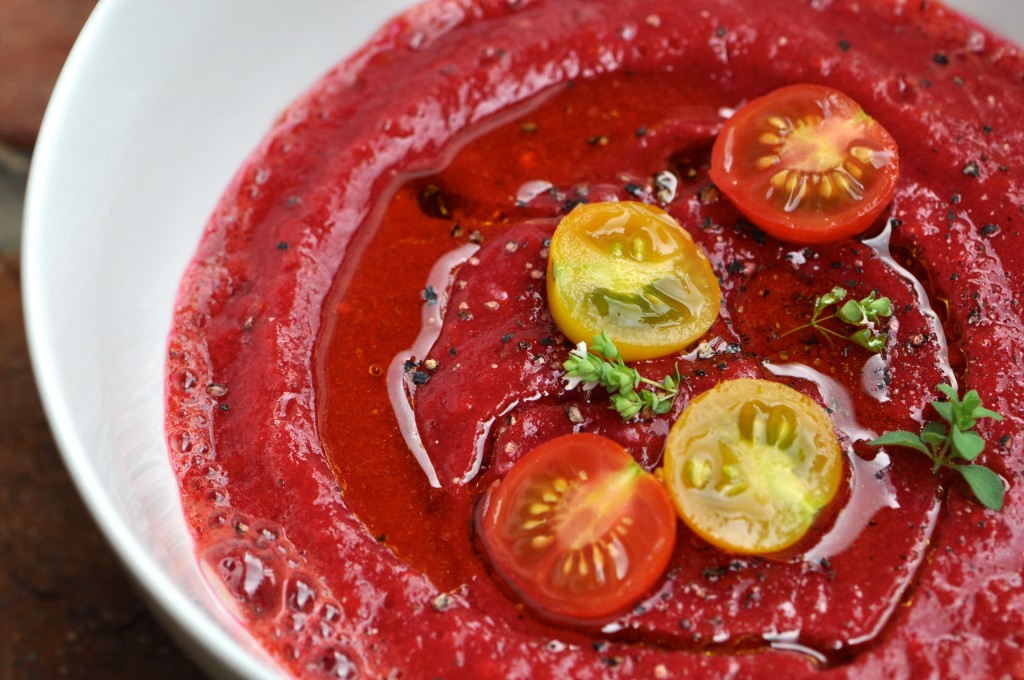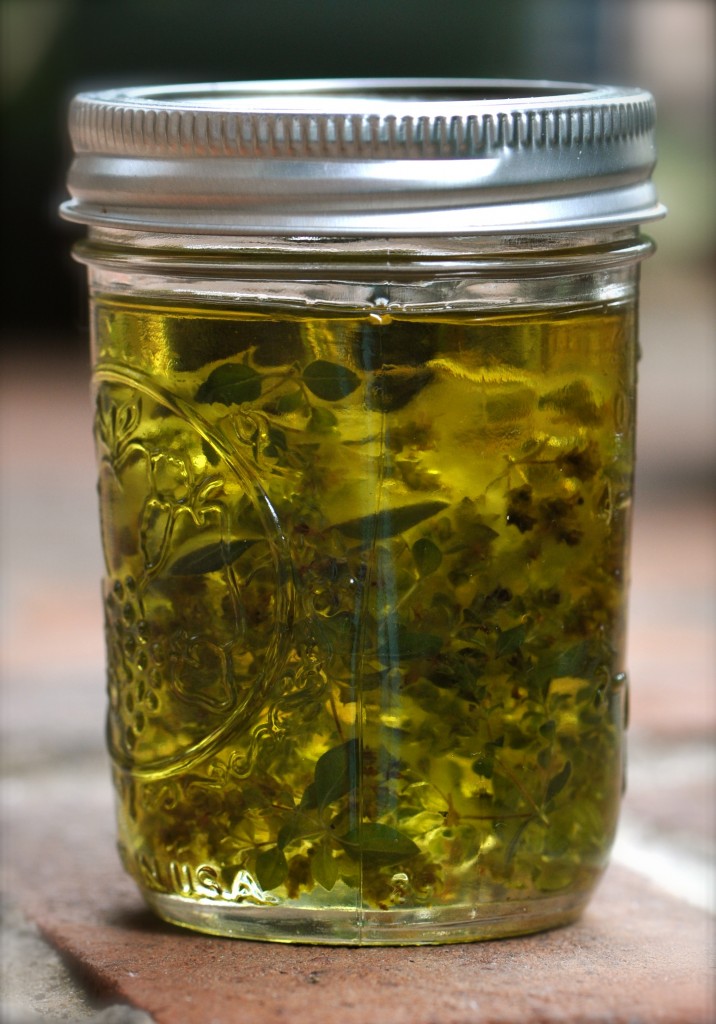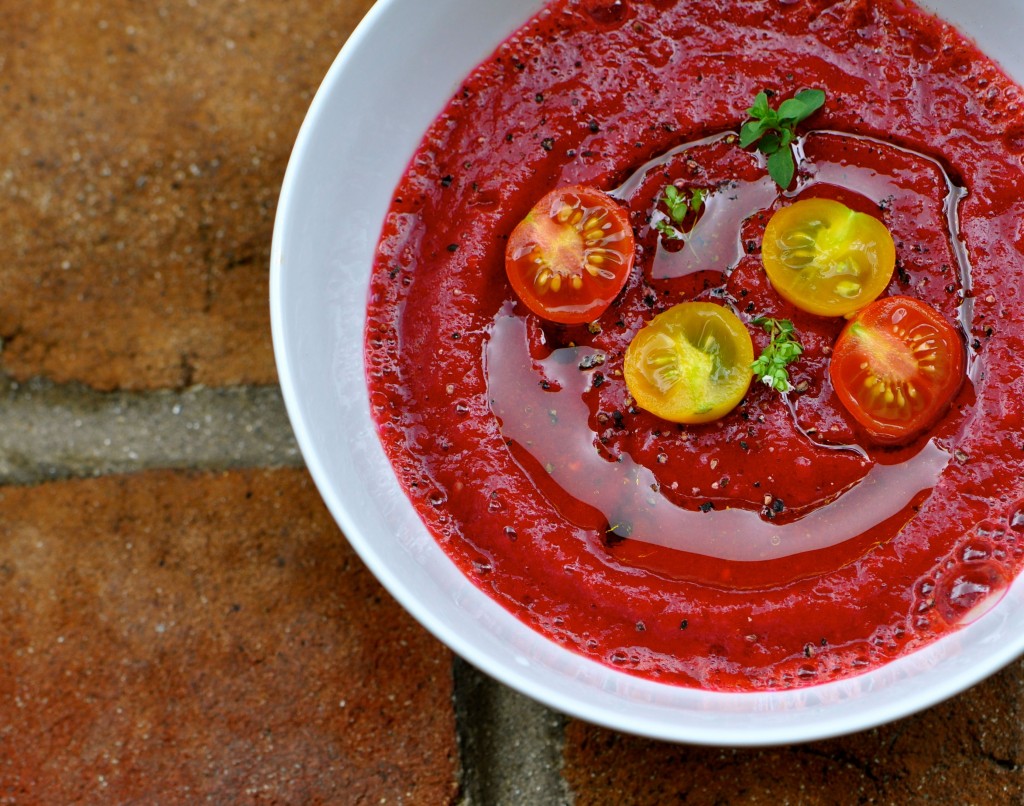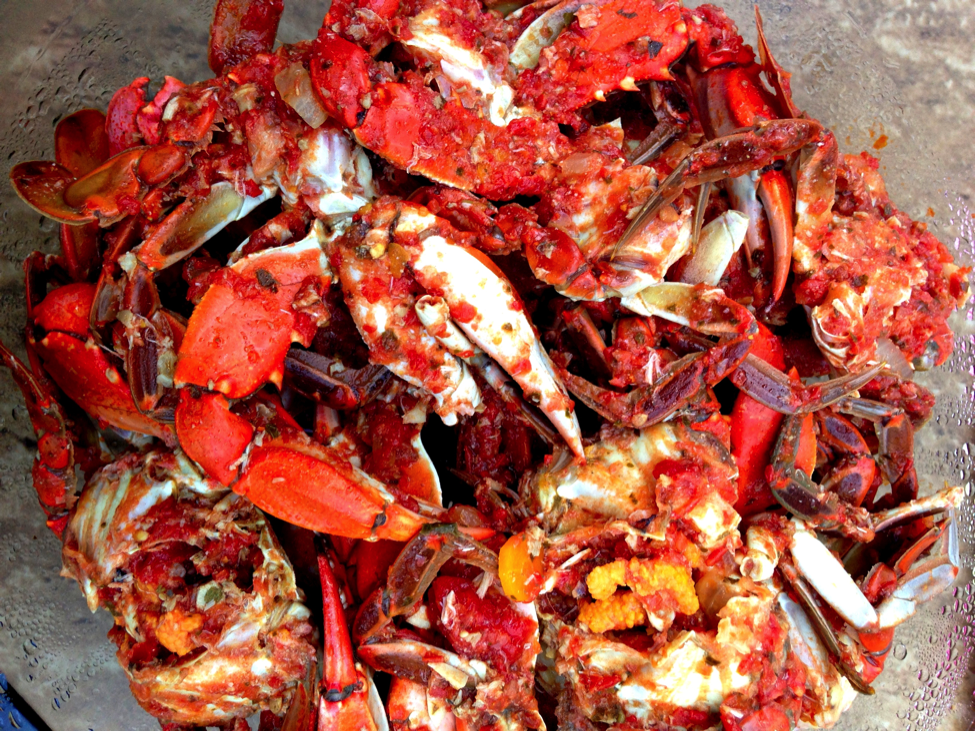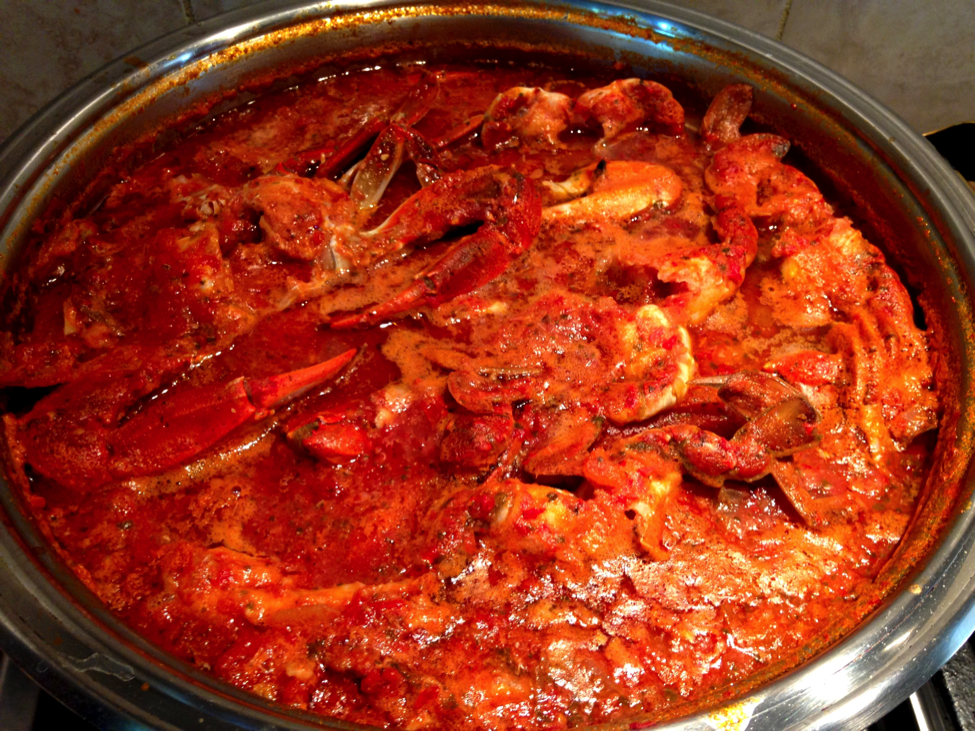It’s late August and the local farmers markets are overflowing with the best fruits of the summer season — peaches and tomatoes. Juicy and luscious, they can be at their best when the summer is at its worst, providing a sweet respite to the most sweltering day. Here we have two perfect late summer recipes to make the most of the season, one savory and one sweet: a French Tomato Tart and Brandied Peach Pie. Enjoy!
French Tomato Tart, inspired by David Lebovitz
by Madeleine McDougall
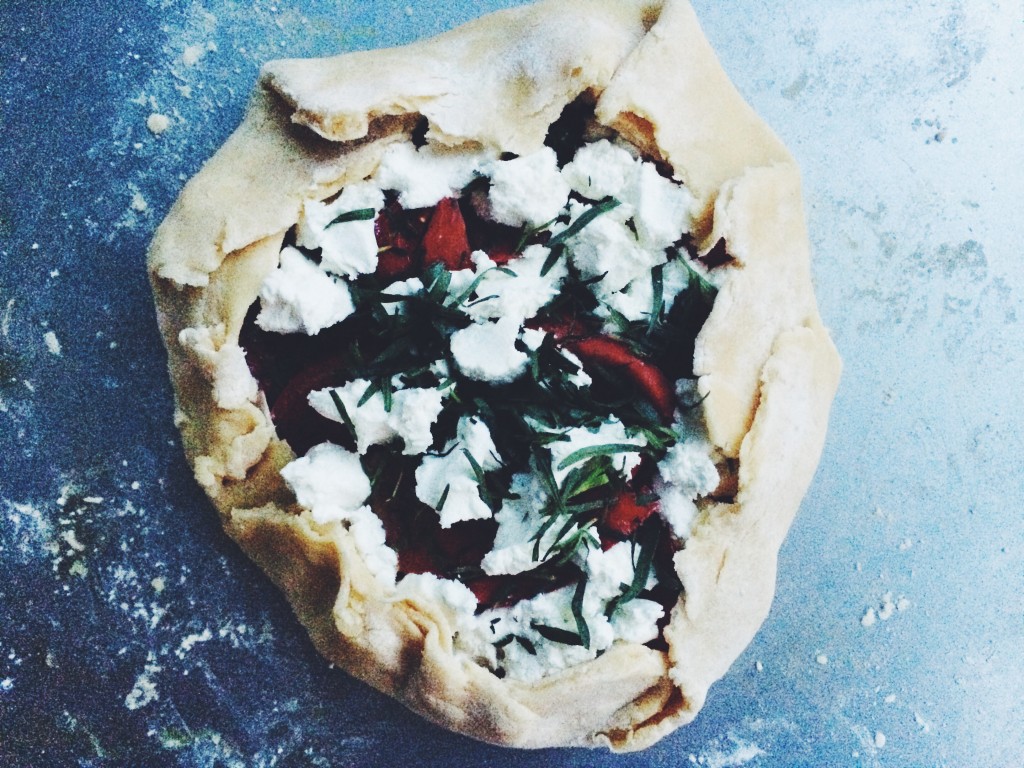
Harvest season. You know you're there when big, ripe, juicy tomatoes pack every farmers market from here to Silver Spring. Growing up, tomatoes tasted too acidic to me, but last summer, my mom — a constant source of knowledge and inspiration for my cooking adventures — introduced me to the French Tomato Tart. I will never look at tomatoes -- or pie -- in the same way again! Something about the combination of flaky pastry dough, toasted goat cheese and fresh herbs brings out the true flavors of the tomatoes. Last weekend, I had some dear friends over to help me experiment with the recipe; these tarts are the perfect compliment to charcuterie, lots of wine, and deep belly laughs. A new summer tradition is born — and the best part is, it’s simple to make.
You'll need a rolling pin and a baking sheet lined with parchment paper.
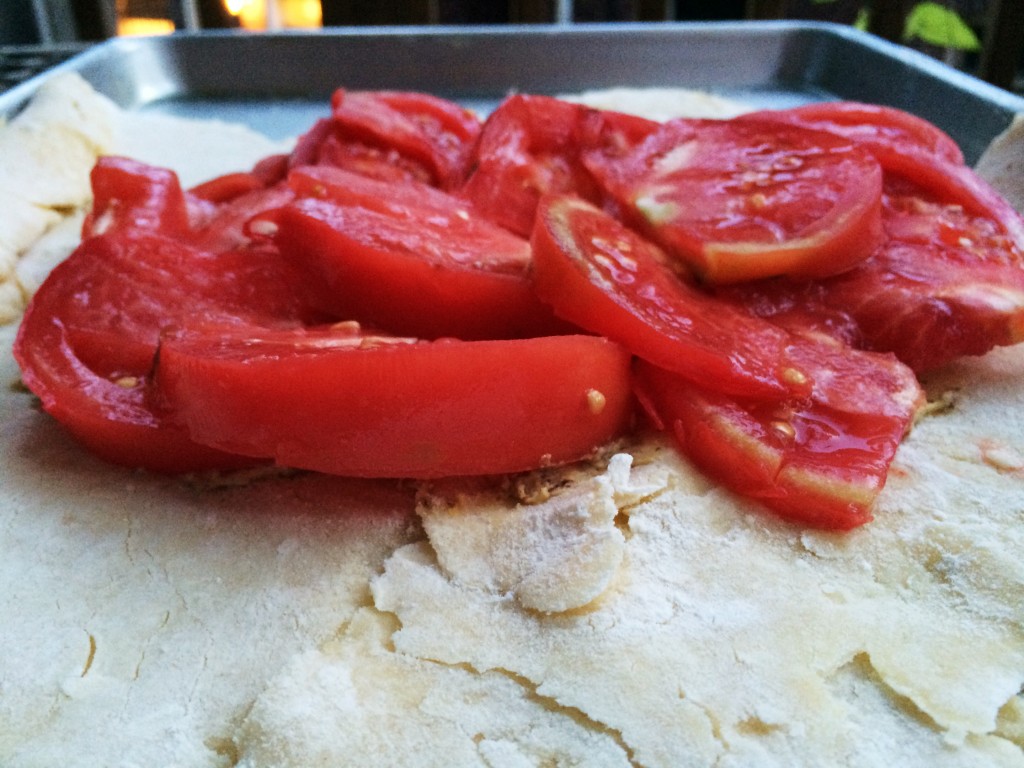
Tart Filling
Dijon or whole-grain mustard
2-3 large ripe tomatoes — try experimenting with heirloom varieties
2 tablespoons olive oil
salt and freshly ground pepper
two generous tablespoons chopped fresh herbs (I recommend tarragon but thyme is also nice)
6 ounces fresh or slightly aged goat cheese, separated into quarter-sized balls
1.5 tablespoons flavorful honey
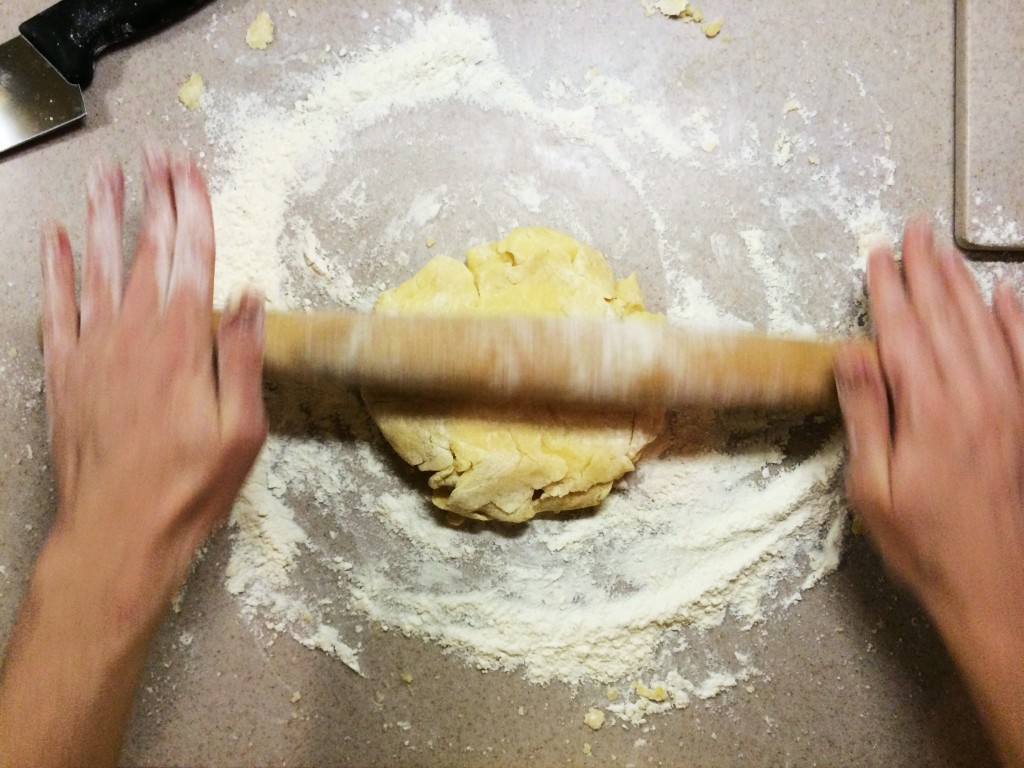
Tart Dough
1.5 cups flour
4.5 ounces unsalted butter, chilled, cut into cubes
1/2 teaspoon salt
1 large egg
2-3 tablespoons cold water
1. Make the dough by mixing the flour and salt in a bowl. Add the butter and use your hands, or a pastry blender, to break in the butter until the mixture has a crumbly, cornmeal-like texture.
2. Mix the egg with 2 tablespoons of the water. Make a well in the center of the dry ingredients and add the beaten egg mixture, stirring the mixture until the dough holds together. If it’s not coming together easily, add the additional tablespoon of ice water.
3. Gather the dough into a ball and roll the dough on a lightly floured surface, adding additional flour only as necessary to keep the dough from sticking to the counter.
4. Once the dough is large enough so that it will hold your tomatoes, roll the dough around the rolling pin then unroll it over baking sheet.
5. Preheat the oven to 425ºF.
6. Spread an even layer of mustard over the bottom of the tart dough and let it sit a few minutes to dry out.
7. Slice the tomatoes and arrange them over the mustard in a single, even layer. Drizzle the olive oil over the top.
8. Sprinkle with some chopped fresh herbs, then arrange the slices of goat cheese on top. Add some more fresh herbs, then drizzle with some honey, if using.
9. Gather the edges when you’re done, to envelope the filling.
10. Bake the tart for 30-40 minutes, until the dough is cooked, the tomatoes are tender, and the cheese on top is nicely browned. Depending on the heat of your oven, if the cheese doesn’t brown as much as you’d like it, you might want to pass it under the broiler until it’s just right.
NOTE: I like to really embrace the country style of this recipe and mark the tart free form, but you can also use a tart pan.
Brandied Peach Pie
by Kristen Hartke
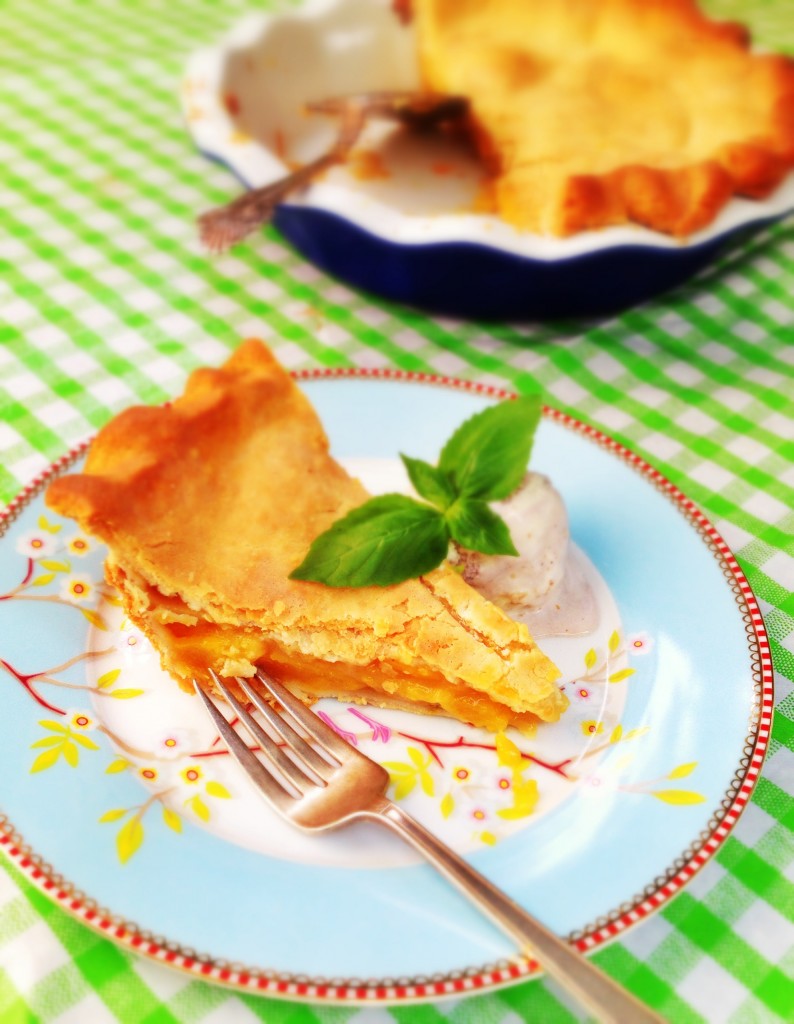
Walking through Capitol Hill’s Eastern Market on a Saturday afternoon, I am always overwhelmed by the amazing scent of ripe peaches, tottering in massive piles all along the farmer’s line. For me, the smell is everything that is good about summer, capturing the essence of long lazy days in the warm sunshine. In the dark of winter, when I am dreaming of summer, I sometimes like to recapture those moments with a tot of peach brandy made by Catoctin Creek Distilling Company in nearby Purcellville, Virginia — unlike most peach brandies, their brandy is not too sweet but has an underlying note of fresh peaches that you smell as soon as you bring the glass to your nose. Marrying fresh summer peaches and a smidge of peach brandy together into a glorious pie is a perfect way to celebrate the changing seasons as we get ready to welcome fall.
You’ll need fresh pastry for a two-crust pie; I like to make a vegan pie crust similar to this one by Savvy Vegetarian (http://www.savvyvegetarian.com/vegetarian-recipes/vegan-pie-crust.php), so that none of my friends have to be left out of dessert.
Preheat oven to 400ºF.
3 cups sliced fresh peaches, skins removed (see Cooking Hack for skin removal tips)
1/2 cup granulated sugar
1/4 cup peach brandy
1/4 cup all-purpose flour
2 teaspoons basil buds (these are the little buds you’ll find growing on your basil plant and sometimes also for sale at the farmers market; a little goes a long way; you can also use finely chopped basil)
1 tablespoon heavy cream or vegan soy or coconut creamer
1 tablespoon regular or vegan butter, broken into pieces
2 chilled unbaked pie crusts
Put peaches, sugar, and brandy into a bowl and mix together. Allow to sit for 15 minutes, then add the flour and basil buds. Combine well and pour into the pie pan that is lined with one of the chilled unbaked pie crusts. Dot the top of the peach filling with the butter. Roll the other crust over the top, tuck the edges of the top crust under the edges of the bottom crust and crimp together. Brush the top of the crust with the heavy cream (or vegan alternative), then cut a few slits in the top of the crust to let the steam escape as it bakes.
Place the pie in the oven on the middle rack with a baking sheet on the rack below to catch any overflow during baking. Bake for 30 minutes at 400ºF, then cover the edges of the pie with strips of aluminum foil (to prevent burning) and lower the oven temperature to 375ºF. Continue baking for about 40 more minutes, until the crust is golden and the filling is bubbling. Remove from oven and cool completely.
Serve with lightly sweetened whipped cream or vegan vanilla ice cream.
**Cooking Hack: to remove peach skins, pour boiling water over whole peaches, let sit for a minute or two, then run under cold water. The skins will slip off easily with your fingers!










